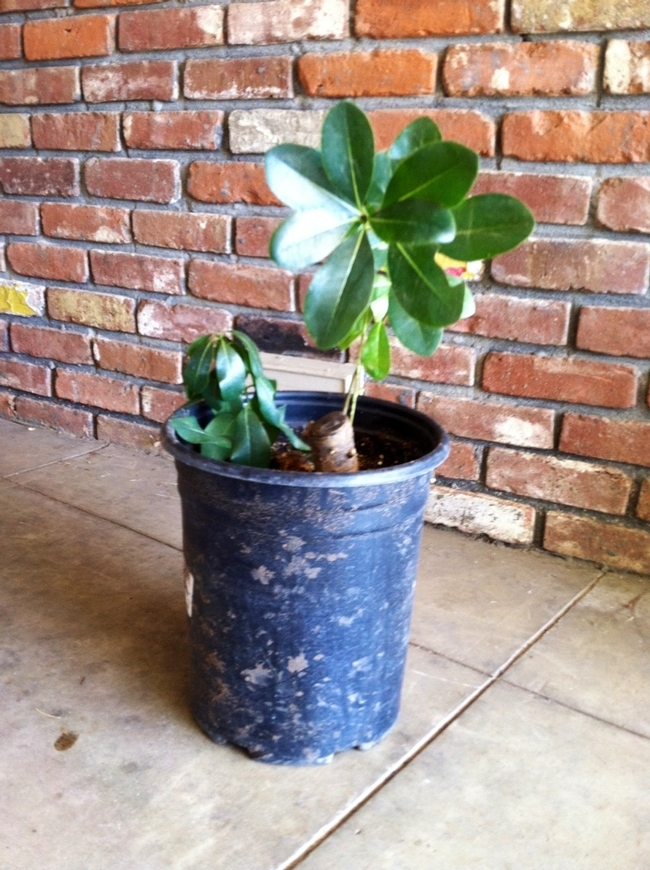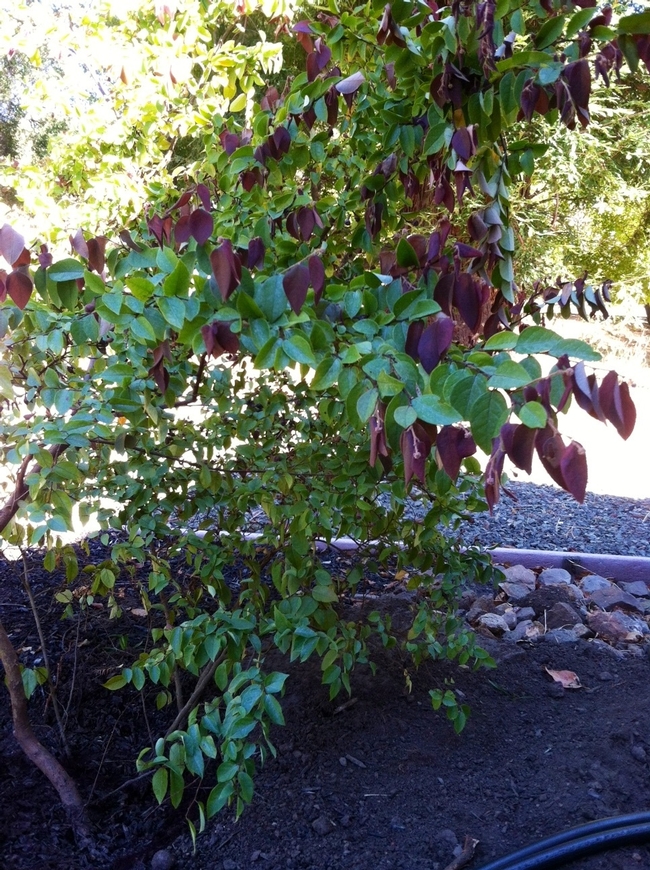Victoria Sackville-West (known as Vita) was one of England’s best-loved garden writers. From 1946 to 1961, she wrote a weekly garden column for The Observer newspaper. She was first a writer: poet, novelist and biographer, then a gardener, and her readers knew about the garden at Sissinghurst that she and her husband, Harold Nicholson, had created. They knew she was busy gardening and trusted her suggestions, valued her advice, and responded by sending her seeds and plants and letters by the truckload. Sissinghurst belongs to the National Trust and is the most-visited garden in a country that is obsessed with visiting gardens.
Vita Sackville-West had something to say about plantings and transplantings. She believed that one was as natural as the other. She didn’t fuss about the ‘mistakes’ we sometimes make, as she understood that all gardening is experimentation. Each planting we make is a testament to hope and optimism. We read, we research, we ask questions, but until we actually put that plant in our particular and peculiar garden, we really don’t know how it is going to work out. Of course there are plants we know to be safe bets, and we often need those to get a garden started. Look around your neighborhood and see what thrives in others’ gardens. Few real gardeners, however, are satisfied with those choices. We have to try new plants first glimpsed at our favorite nursery or mentioned in our favorite magazine. We find that we finally have a spot for the plant we have always intended to grow. Something else failed, sadly, but now we have room and the right sun exposure for that thing we’ve always meant to try.
Because gardening is experimentation, we don’t always get our plant combinations right. This is not failure; it’s just a part of the process. Sometimes the colors of flowering plants just don’t work together in a bed. Sometimes the plant we put in front of another grows too tall and one of them has to go. Plants crowd each other out, while in other parts of the garden, bare spots become apparent. Every plant grows at different rates from others, and each will have its own individual result in our individual gardens, thanks to soil and sun and water and cultural practice, AKA the work we put in. When this happens, Vita has a plan for us. She wrote, “Gardening is largely a question of mixing one sort of plant with another sort of plant, and of seeing how they marry happily together; and if you see that they don’t marry happily together, then you must hoick one of them out and be quite ruthless about it. That is the only way to garden.”
It seemed to me that I had been hoicking for quite some time, in my present garden and in previous ones. In fact, I had hoicked without actually knowing what it meant to hoick. So this morning I looked it up, just to be sure that what I assumed was hoicking was in fact hoicking. Two hardbound editions of Webster’s provided no assistance here. Once again I turned to Google and found assurance that my hoicking was what I thought it was: “ to lift or pull (something) with a quick movement”.
Sometimes one has to repeat those quick movements to obtain the right result. Hoicking is not for the weak or faint at heart. Yesterday’s hoicking involved a large Loropetalum chinense, or Chinese Fringe Flower, that was dwarfing and shading a Rhododendron that I wished to thrive. Until we dug and dug and hoicked and hoicked, we had no real sense of the size of this beast. Turns out it was a good 4 ½ feet tall and 3 feet wide, perfect to transplant to a bare spot where it will receive more sun and can fill out on all sides, assuming we haven’t hoicked so vigorously as to permanently damage what seemed to be very sturdy roots. I will remain optimistic about this move!
One thing in the garden of course leads to another, and thus it was with the Loropetalum removal. While holding back the neighboring azalea (also a Rhododendron, botanically speaking) so my fellow hoicker could hoick, I discovered a perfectly great Pittosporum tobira, or Japanese Mock Orange, living in near darkness under what must be nearly 50 years of azalea. Somebody years ago had clearly not bothered to hoick it out, but had cut it back to its thick trunk. Rather than succumbing to the lazy gardener’s wishes, it had refused to give up the ghost, instead sprouting large, tender dark green leaves struggling to find sunlight. More hoicking! Now this Pittosporum lives temporarily in a large pot, awaiting a permanent home to be prepared for it in just the right spot.
I hope I was as ruthless with my hoicking as Vita suggested all those years ago, because, as she said, “That is the only way to garden.”
Attached Images:


